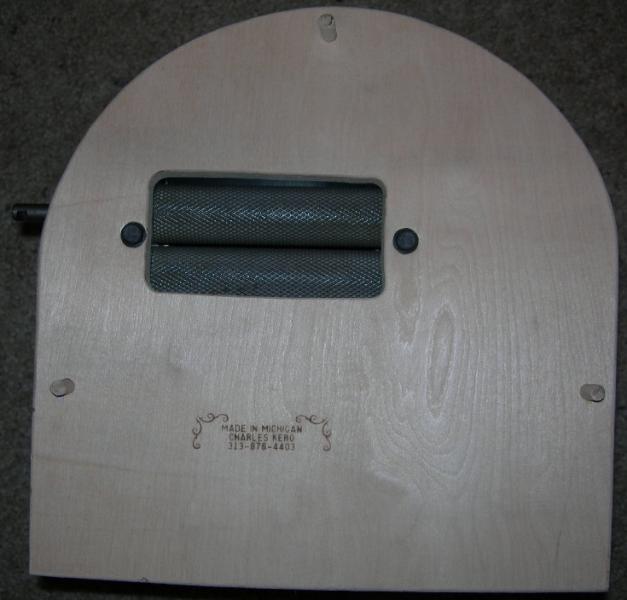Hmmm... Now I'm concerned that the mill Melchizedek just received might not be from the same source as that which CS223 deconstructed which has the "Made in Michigan" stamp (as seen in the attached).
Oh wait, any chance there's a town in China named "Michigan" ???
Melchizedek, can you closely compare your mill with the pictures CS223 posted and report back as to a match? Thanks.
Prost!
H.O./Jeff

Oh wait, any chance there's a town in China named "Michigan" ???
Melchizedek, can you closely compare your mill with the pictures CS223 posted and report back as to a match? Thanks.
Prost!
H.O./Jeff

























![Craft A Brew - Safale BE-256 Yeast - Fermentis - Belgian Ale Dry Yeast - For Belgian & Strong Ales - Ingredients for Home Brewing - Beer Making Supplies - [3 Pack]](https://m.media-amazon.com/images/I/51bcKEwQmWL._SL500_.jpg)















